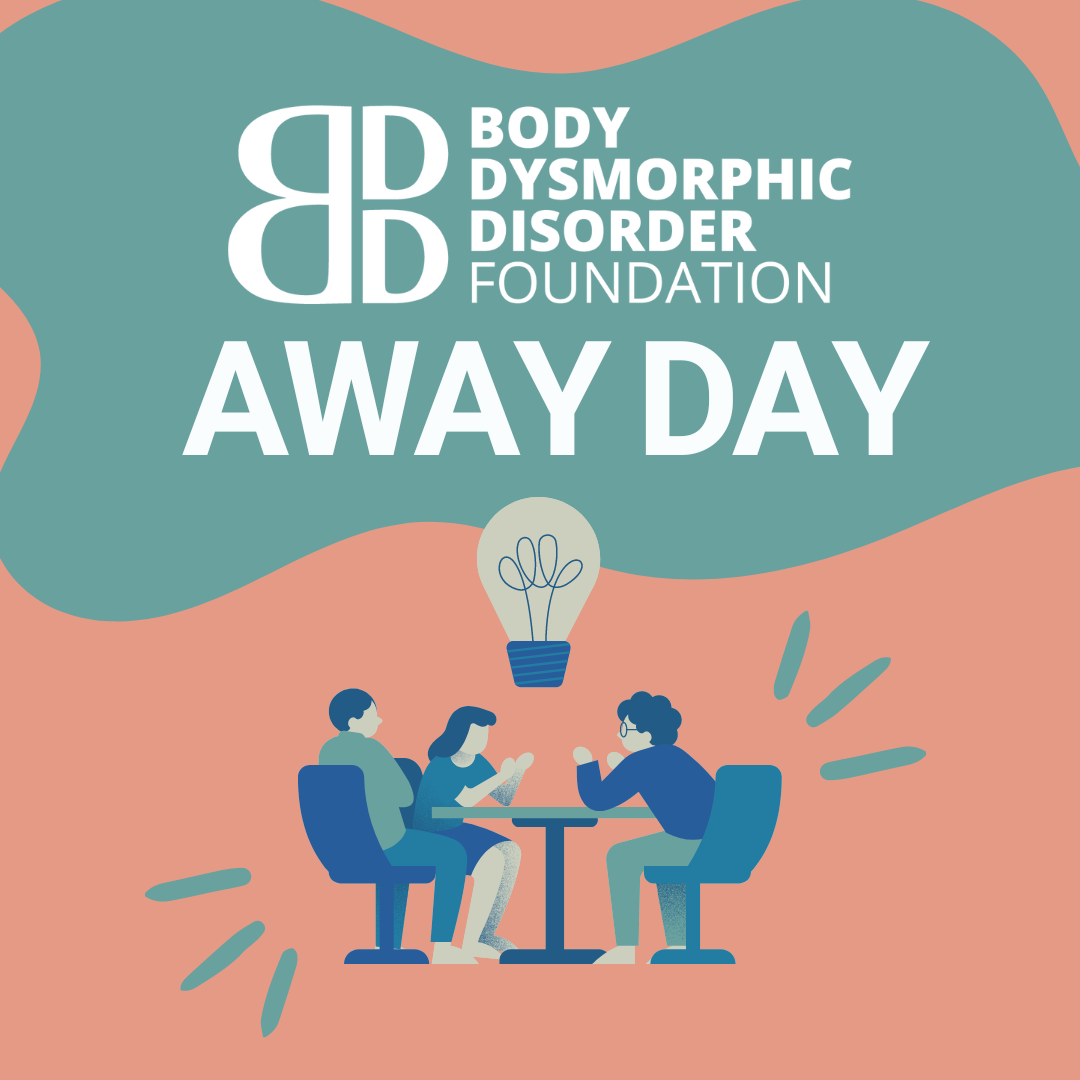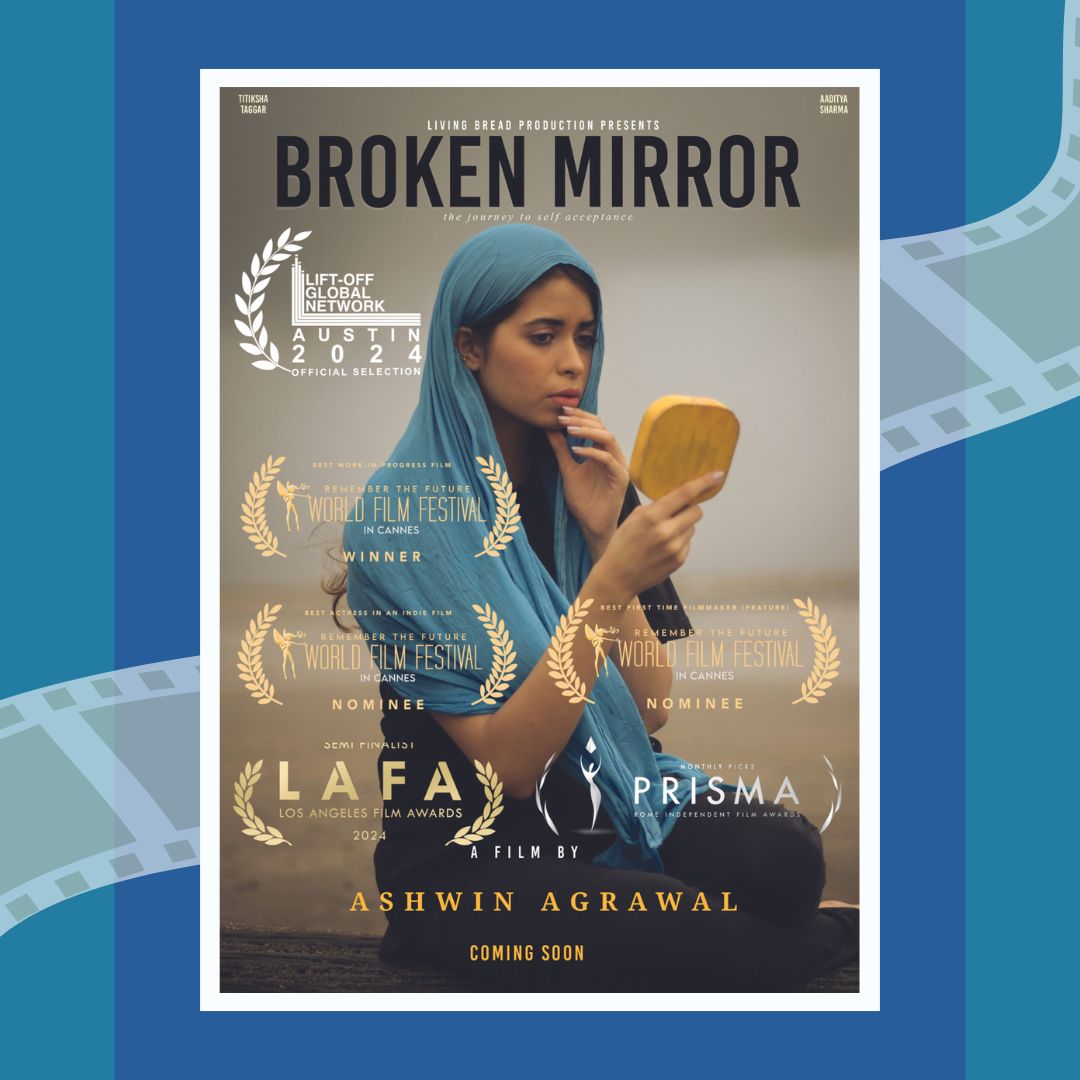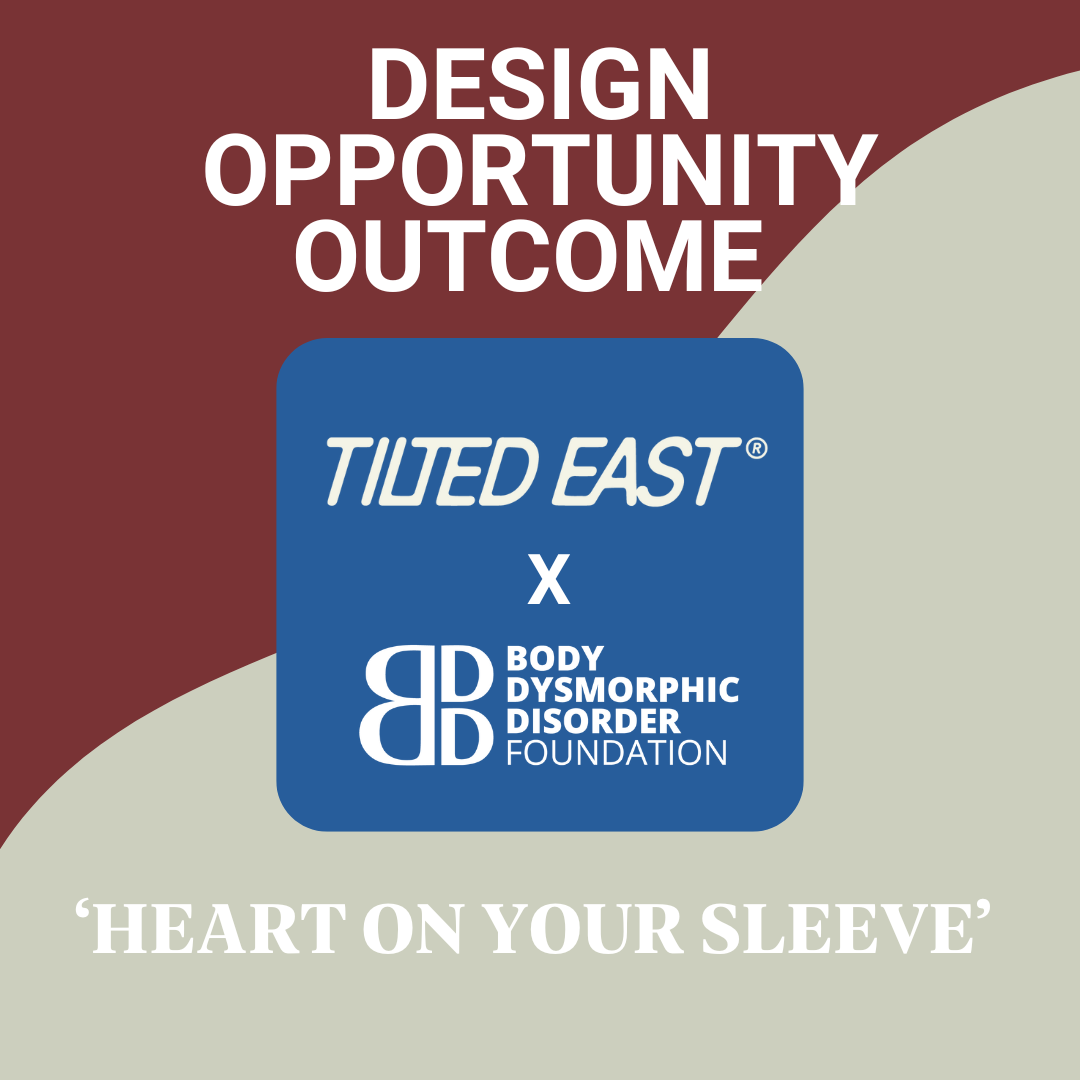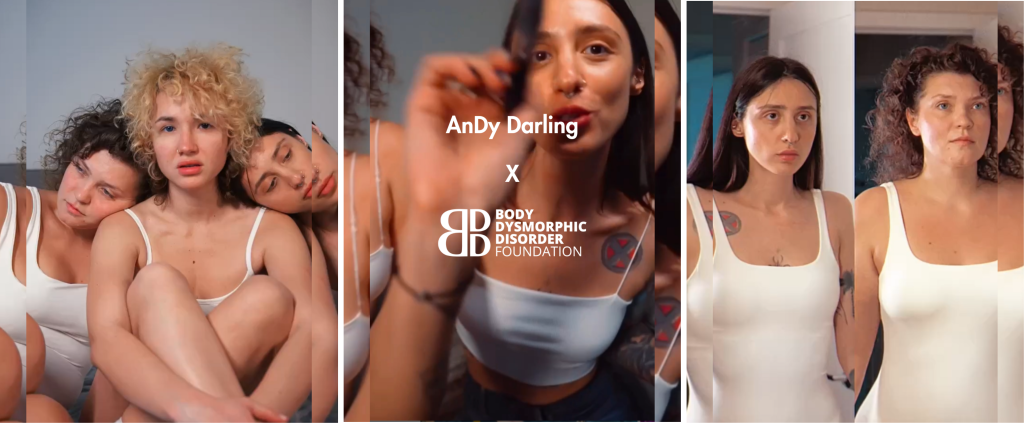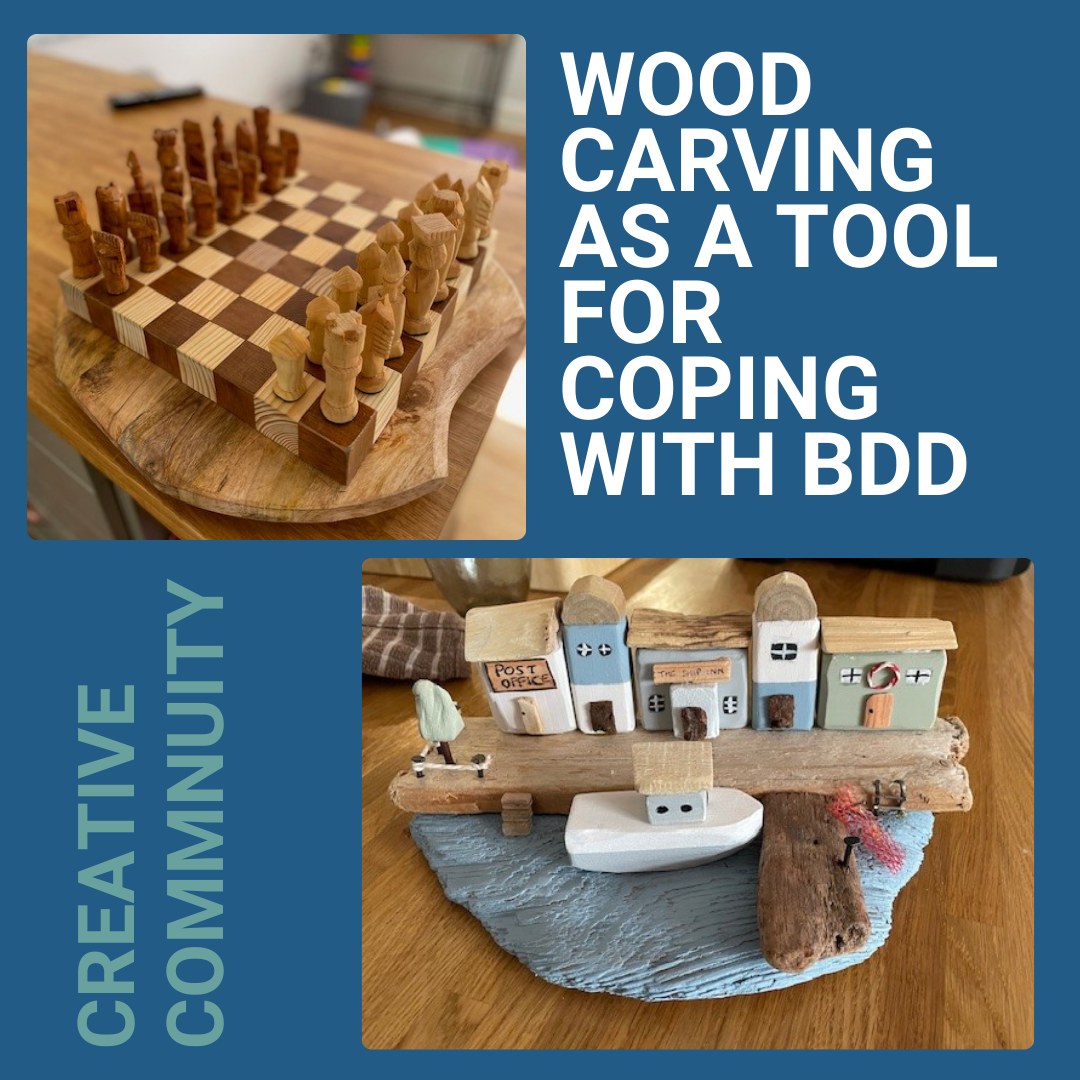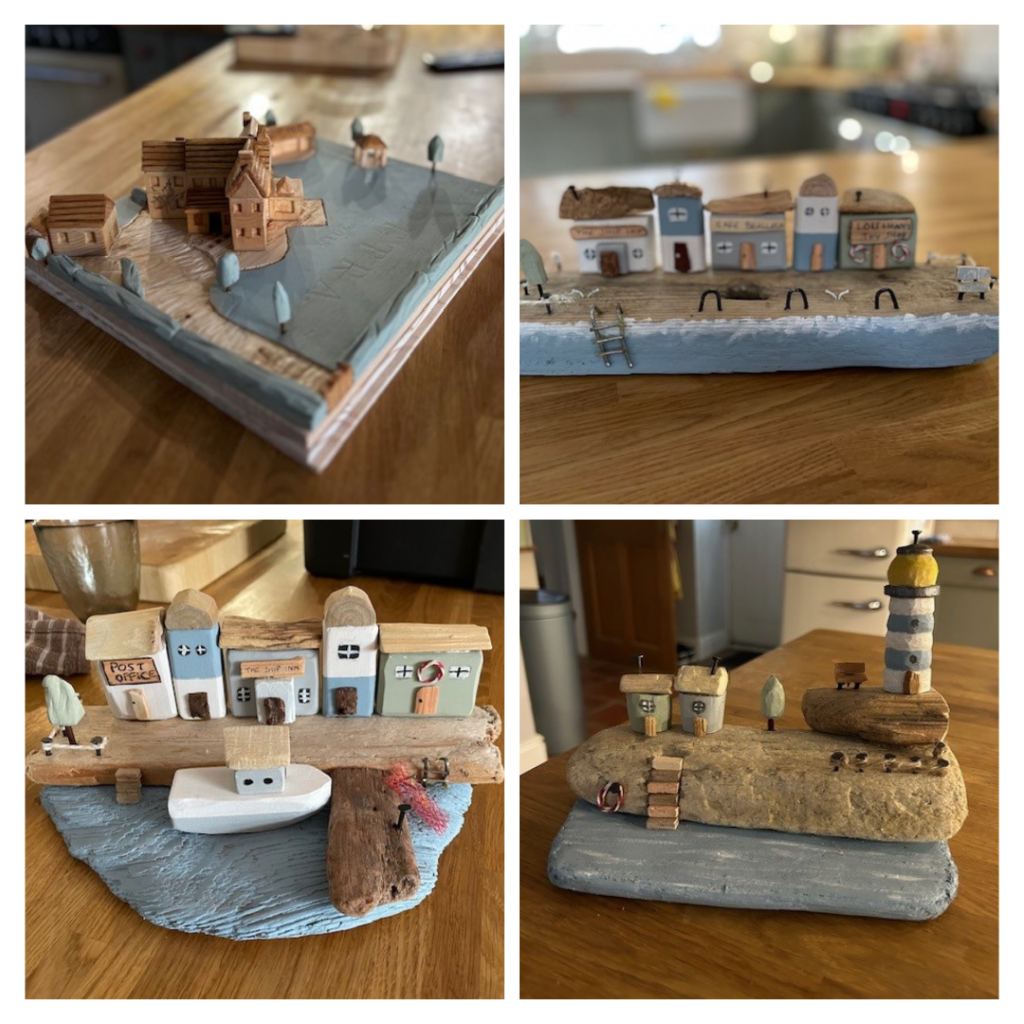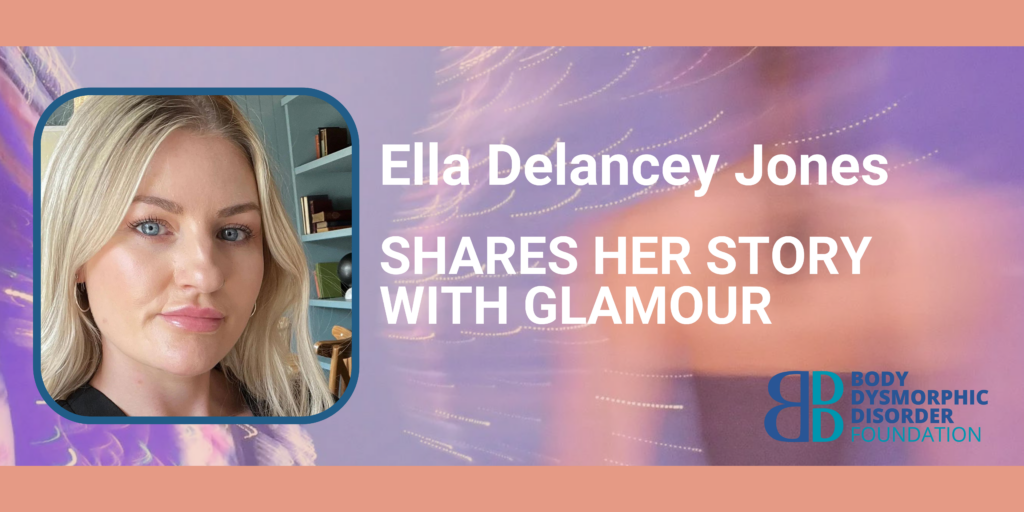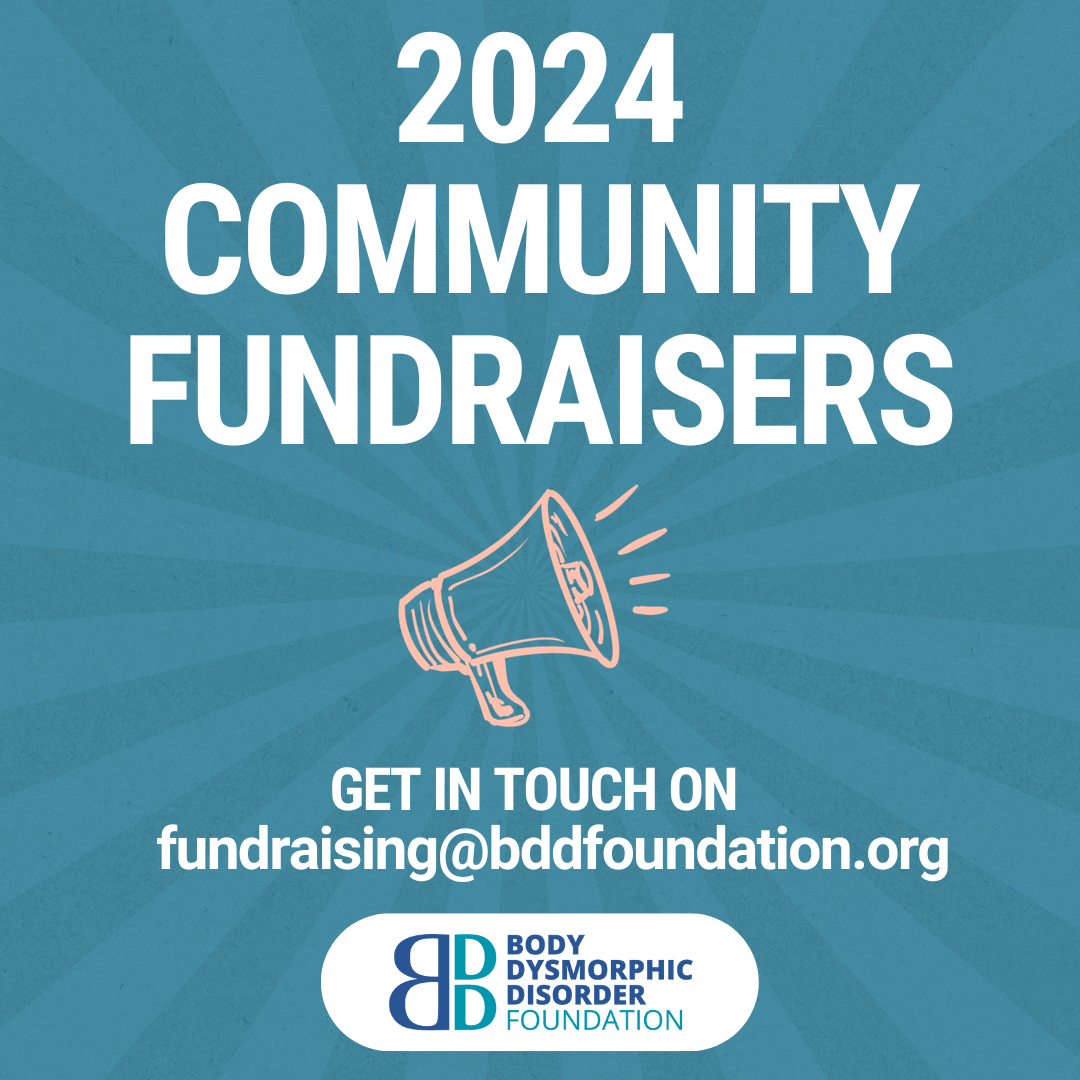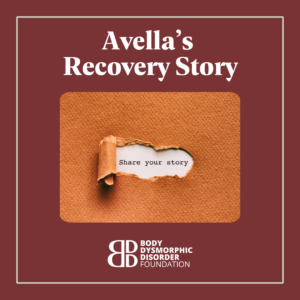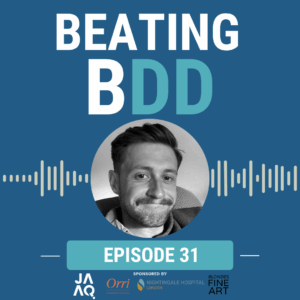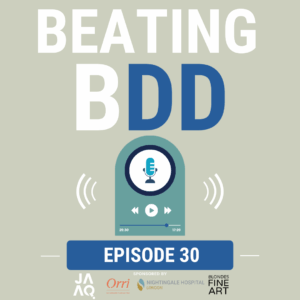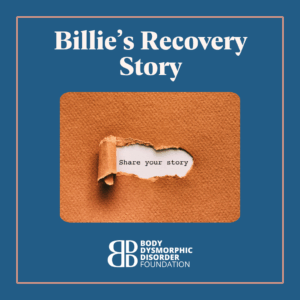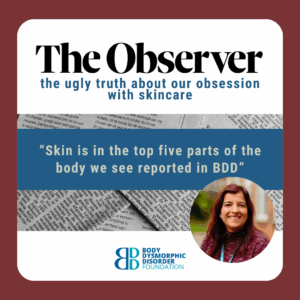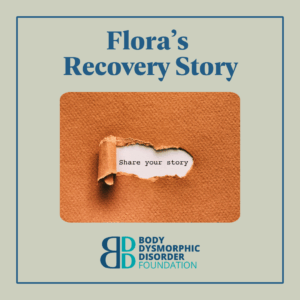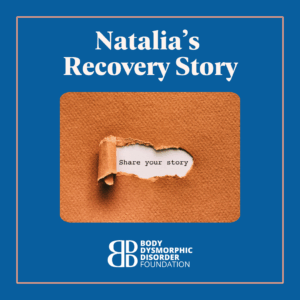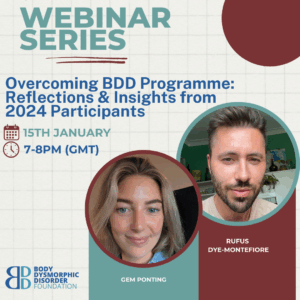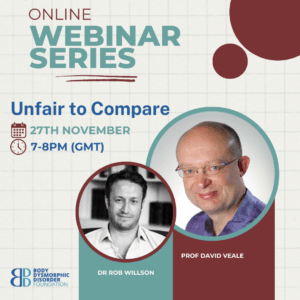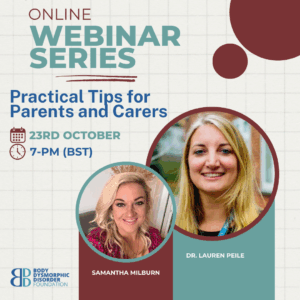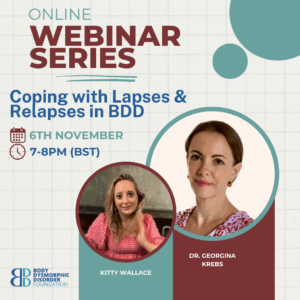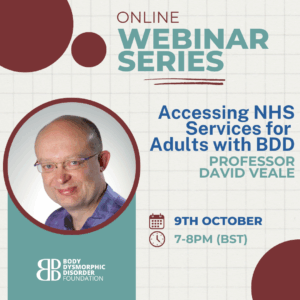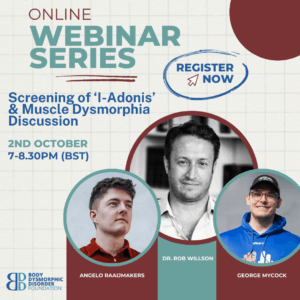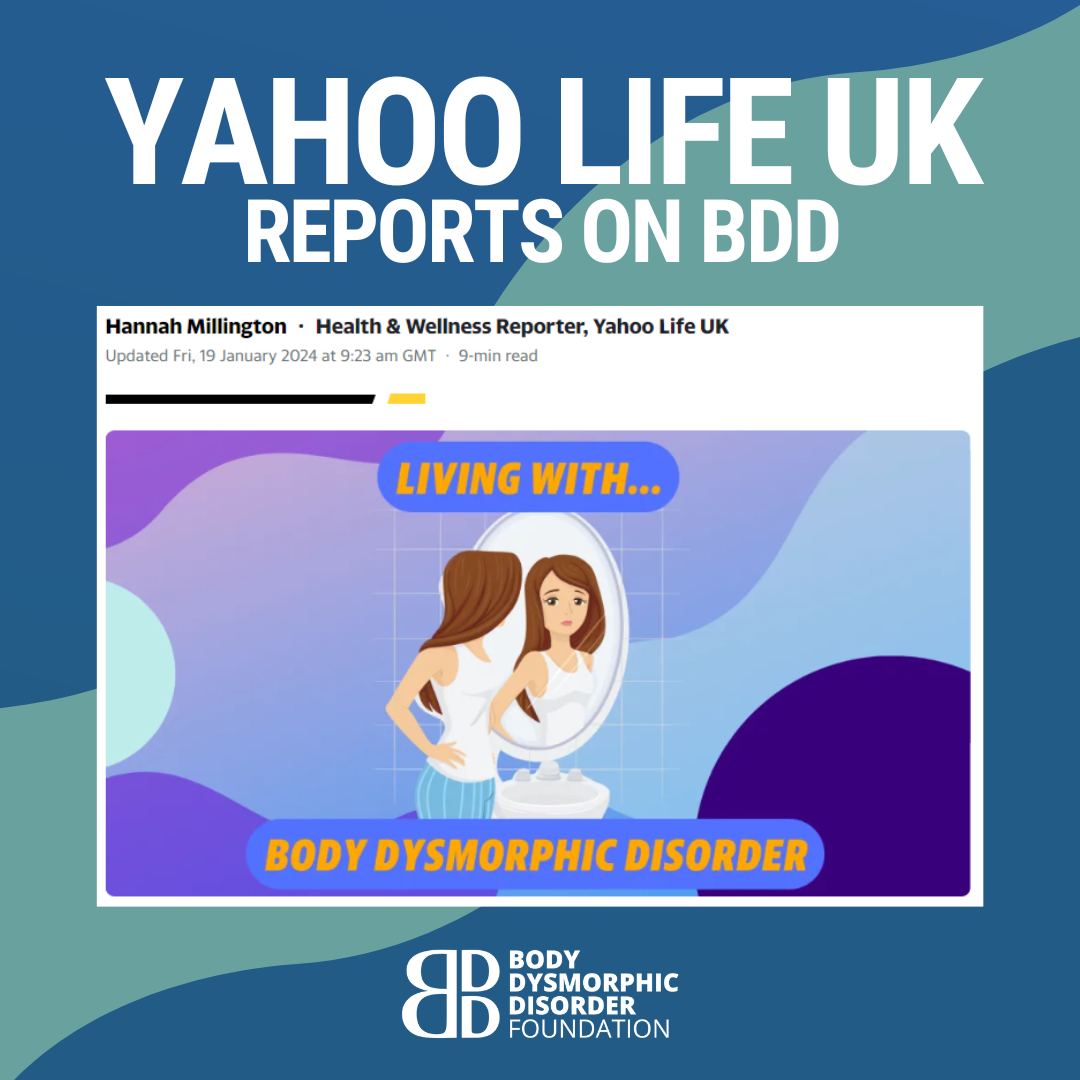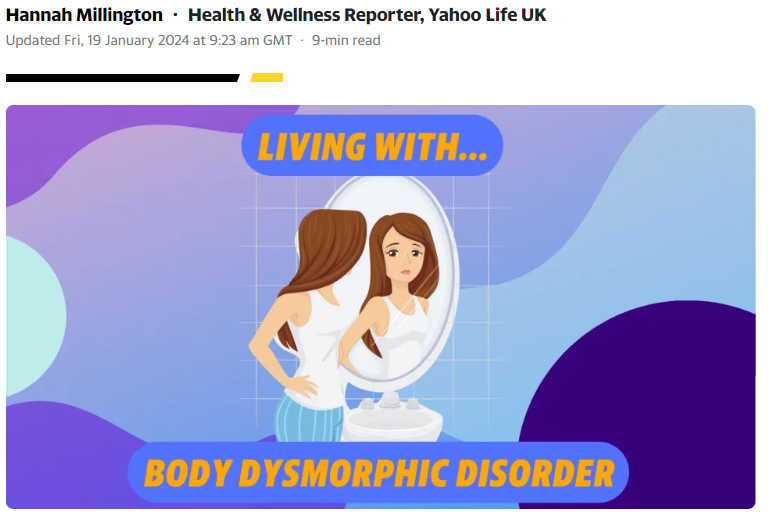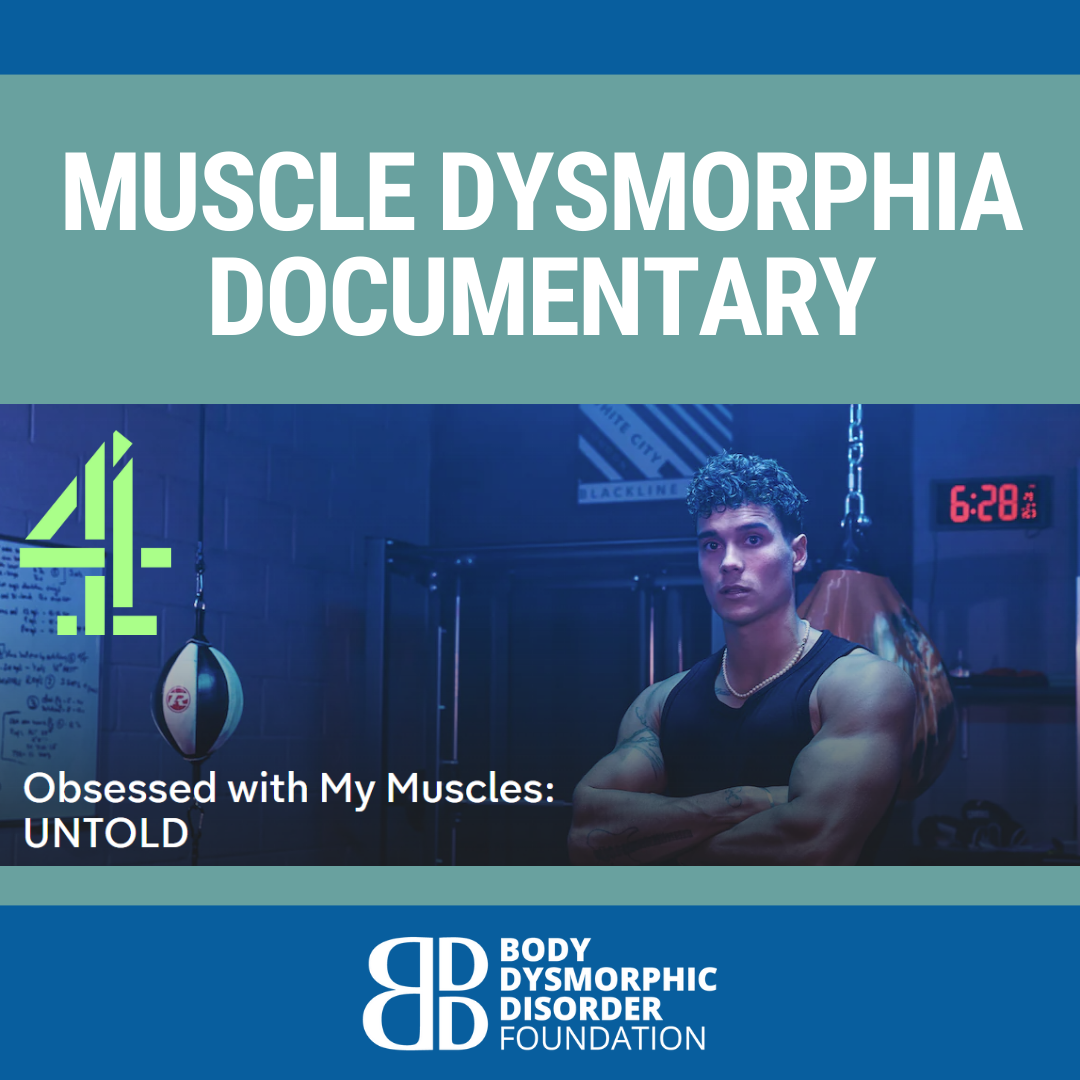The chosen t-shirt & poster designs are now available on pre-order only until 18th April, and will be shipped from 29th April. 50% of profits will support the BDD Foundation. Don’t miss out!
At the start of this year, BDD Foundation and Tilted East teamed up to collaborate on a t-shirt design opportunity, offering those living with BDD a space to share their experience through creativity and design, with the chance to have their design featured on a Tilted East t-shirt. We’ve been totally overwhelmed with how many people engaged in the opportunity, and bravely and beautifully shared their artwork alongside narratives about their personal and unique experiences of living with BDD.
Throughout March, we’ve been sharing the amazing designs we’ve received and many of the BDD community have connected what they’ve seen. It’s been such a wonderful opportunity to give each and everyone of your experiences with BDD the best chance to be recognised and understood for exactly what they are.
We are now pleased to share 2 chosen designs – one will be featured on a Tilted East t-shirt, and one on a poster.
Featured T-shirt
We have selected ‘Til I Get Okay’ By Hazel San Jose to be featured on a limited edition Tilted East T shirt.
Inside the four walls of her room, she sits atop a wooden digital box printing out the diagnosis of mirror count #1104 that reads “Getting There.” Nobody knows the lengths she has gone down the rabbit hole of appearance issues, a journey of countless mirror gazing of her facial features, testing the mirror’s authenticity. She believed it, but the strewn papers of negative diagnoses constantly reminded her that soon enough, she would be “Okay.”
Hazel’s design and narrative resonates strongly with what many people experience in BDD, and really tells a story even without the narrative. We hope many of you will relate to Hazel’s amazing design and know it’s going to look great printed on a tee!
Featured Poster
In addition to the chosen t-shirt design, we are excited to share a chosen poster design from the ‘Heart On Your Sleeve’ design opportunity. We have selected ‘Patchwork’ By Kat Hall to be featured on a limited edition Tilted East Poster.
This design represents the experience I have with BDD-at times I can see my face as a jumbled up mixture of facial features, almost like Frankenstein’s monster or a patchwork face comprising of all the “wrong” parts.
Kat’s design really stood out to us as an eye-catching piece, and also strongly resonated with the BDD experience. That feeling of facial features looking out of place, or seeing things differently each time we see ourselves in the mirror is one we are confident many will connect with.
Thanks again to everyone that took part in the design opportunity. We appreciate every one of you, as well as everyone who engaged with the art on our social media. It means so much. We loved all your designs for different reasons and will continue to share more from the artists involved over the coming weeks 💙
The t-shirt & poster are now available to pre-order only until 18th April, and will be shipped from 29th April. 50% of profits will support the BDD Foundation. Don’t miss out!


